An engine hoist is a tool used for replacing or repairing automotive engines. They are referred to as automotive lifts or cherry pickers. Engine hoists have a sturdy steel or aluminum frame, a boom, and a chain lift. Engine weight can be hundreds or thousands of pounds. Their weight requires a strong hoist to lift and suspend them as they are being repaired. Read More…
Gorbel®, Inc. is an innovator and leader in producing bridge cranes for the industry. Gorbel® provides a wide variety of overhead handling solutions that handle loads from fifty pounds up to forty tons. Contact us today and we will work with you to find the best product for your unique application. Call or visit our website for additional information.
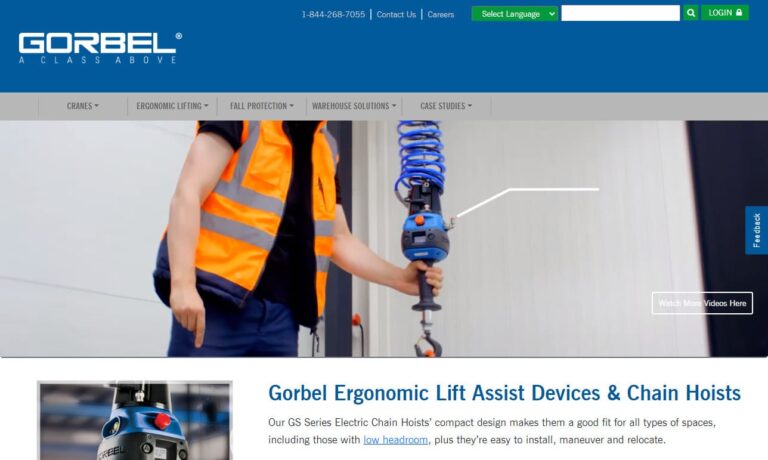
Bridge Crane Specialists offers a select inventory of used and surplus crane and hoist products which includes used overhead cranes, used hoists, and other parts available for purchase. Browse our selection of used products listed below or contact us to ask about our expanding inventory of new, used, and surplus cranes, hoists, parts, and other overhead crane components.

At Simmers, we handle electric hoist projects from start to a turnkey finish. We will supply all equipment through our network of vendors and fabricate the crane at one of our facilities. We also offer field installation after the crane is built. Our highly qualified and trained staff will design a crane that meets your needs and CMAA design standards. For more information on how Simmers crane...
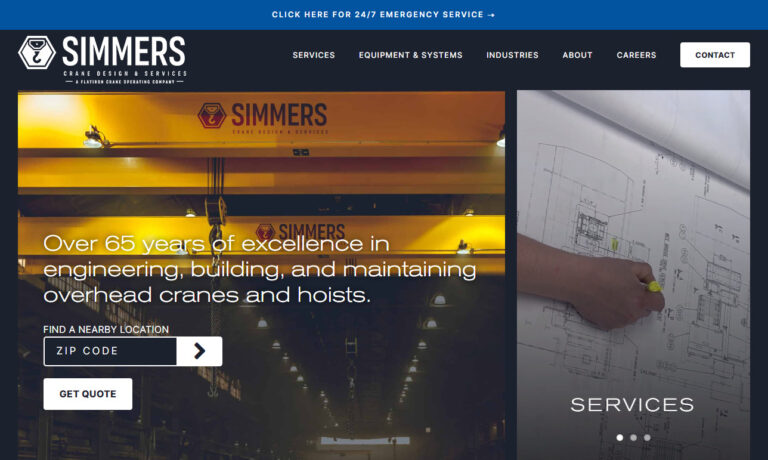
Handling Systems International has become a premier leader in the crane manufacturers industry through our hard work and dedication. All of our cranes are built to fit the exact specifications of our customer's needs. We are committed to providing our customers with unbeatable service, high-quality products, and competitive prices.
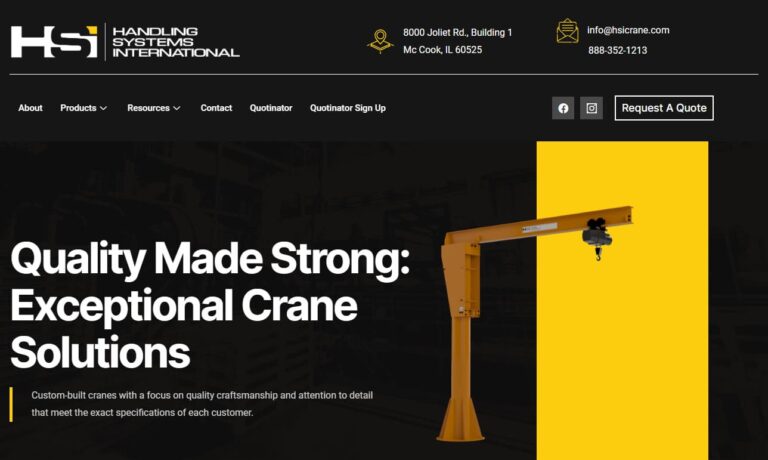
More Engine Hoist Manufacturers
The design of engine hoists includes a boom that extends outward from the frame with a chain that connects to the lifting eyes on a motor. The boom is attached to a frame with an adjustable reach. The supports for the boom and frame are two legs that come in various forms depending on the design of the engine hoist.
Although hand-powered, chain-driven hoists are available for DIY engine work, professional engine hoists are powered by hydraulic cylinders or electric motors that provide the force and power to lift an engine. Typical hydraulic engine hoists work like a hydraulic jack. They have a handle inserted into the bottom of the hydraulic cylinder and are pumped like a jack to lift or set the engine.
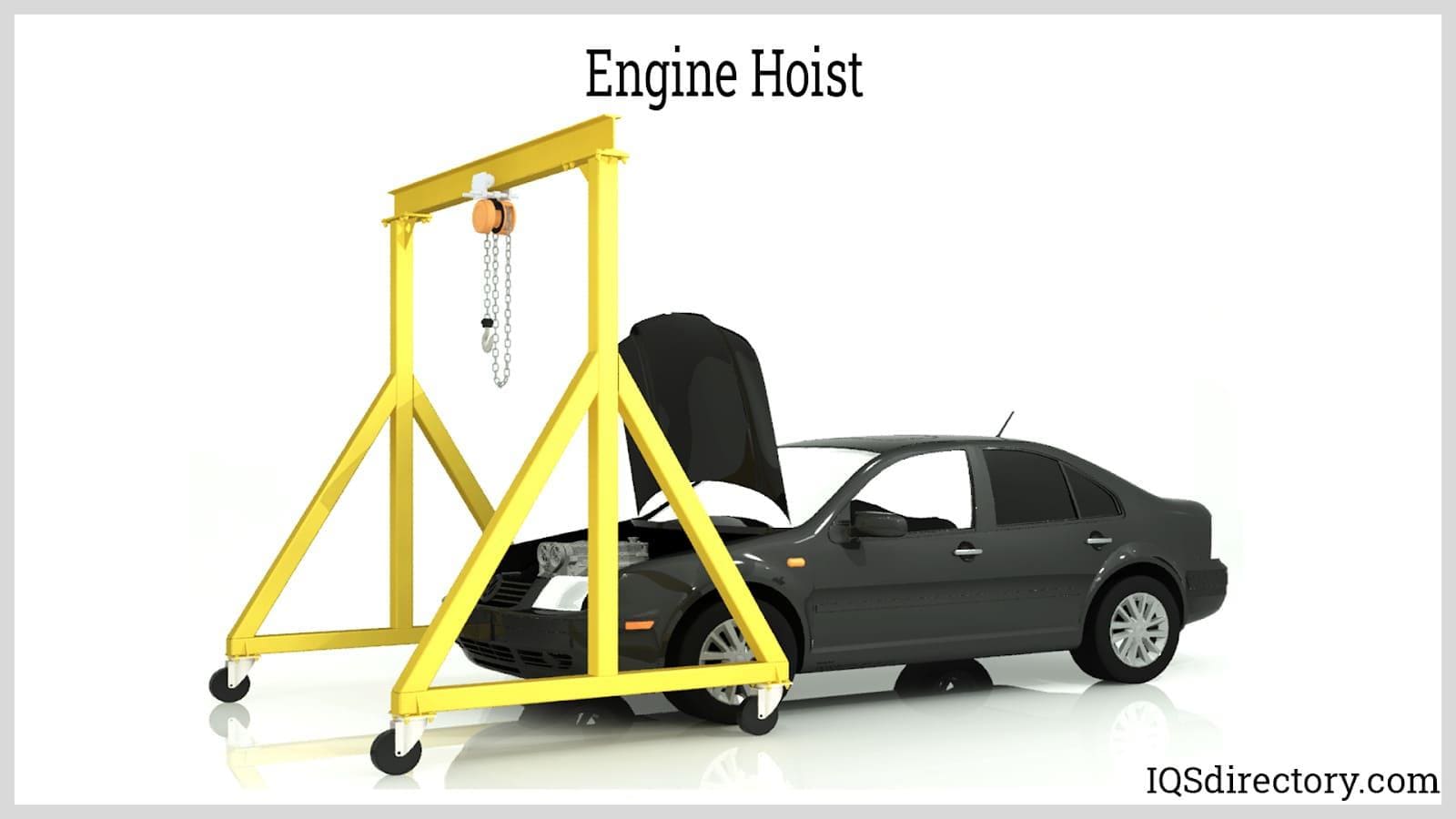
Electric hoists are used in factories and warehouses as an alternative to hydraulic engine hoists. They have an electric motor and do not require manual operation. A wired or remote control activates electric engine hoists.
Engine Hoist Levelers
The purpose of an engine hoist is to lift heavy, awkward, bulky materials safely and efficiently. Levelers attached to the hoist and hooked to the engine can help position the engine. Front-wheel drive and older model vehicles allow easy access to an engine, which makes it easy to roll up the engine hoist and remove the engine.
Larger, modern engines require tilting the engine to avoid obstacles. Load levelers supply multiple connections to the engine that can each be adjusted with a crank or tightening a bolt. Positioning the load leveler will tilt the engine without changing the position of the lifting chains. The engine is kept level, side to side, and won’t twist while being removed. Load levelers have a capacity of 500 pounds to two tons. Additionally, load levelers can have two or four hooks depending on their capacity and design.
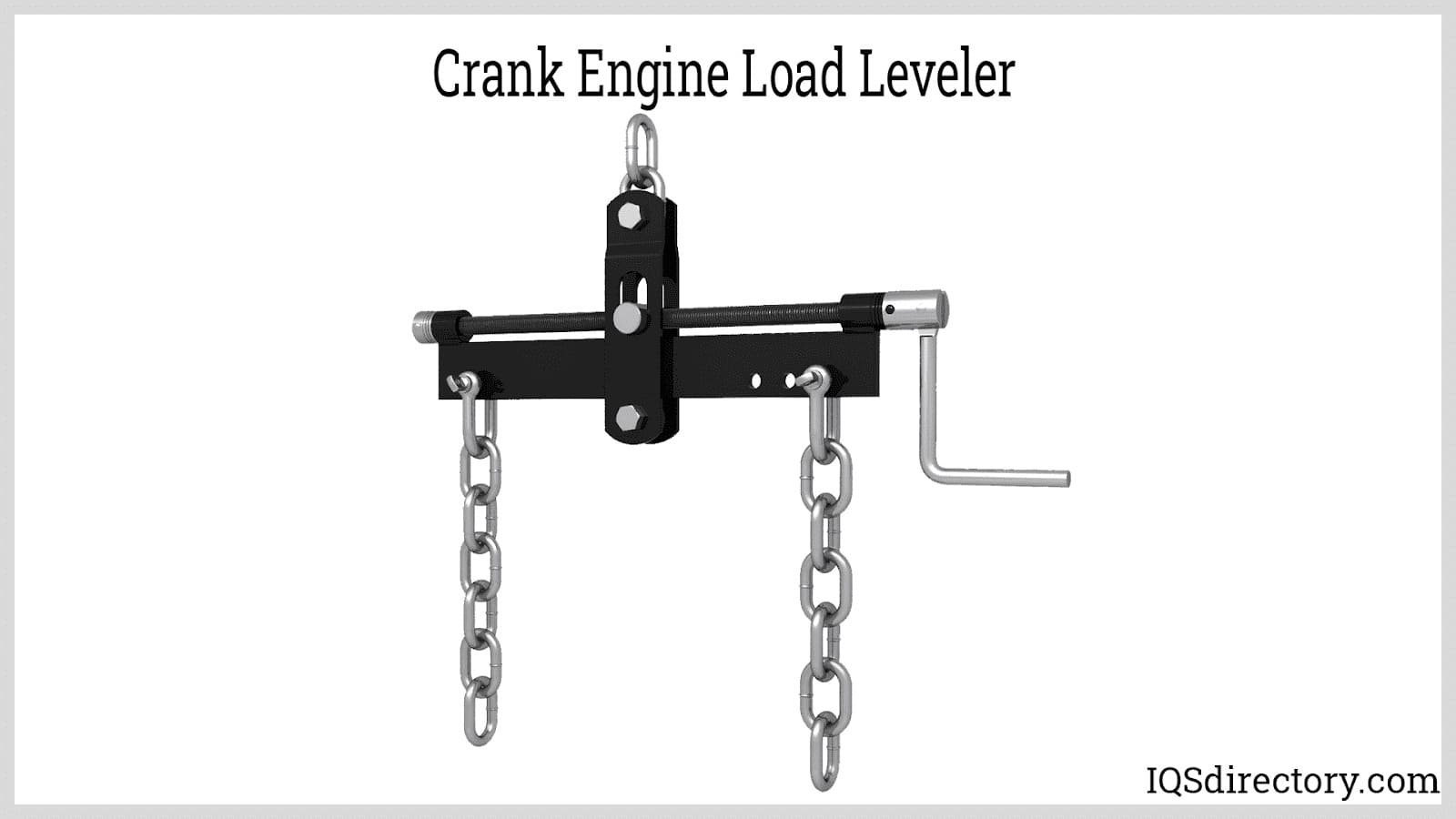
Boom
The boom on an engine hoist can be attached to a wall or frame and is responsible for lifting and stabilizing the load. The boom has a chain and hook or leveler attached to its end and can have an adjustable reach. In hydraulic engine hoists, the boom is raised and lowered by the hydraulic cylinder. The strength of the boom determines the load capacity of an engine hoist. As the boom is extended, its lifting capacity decreases.
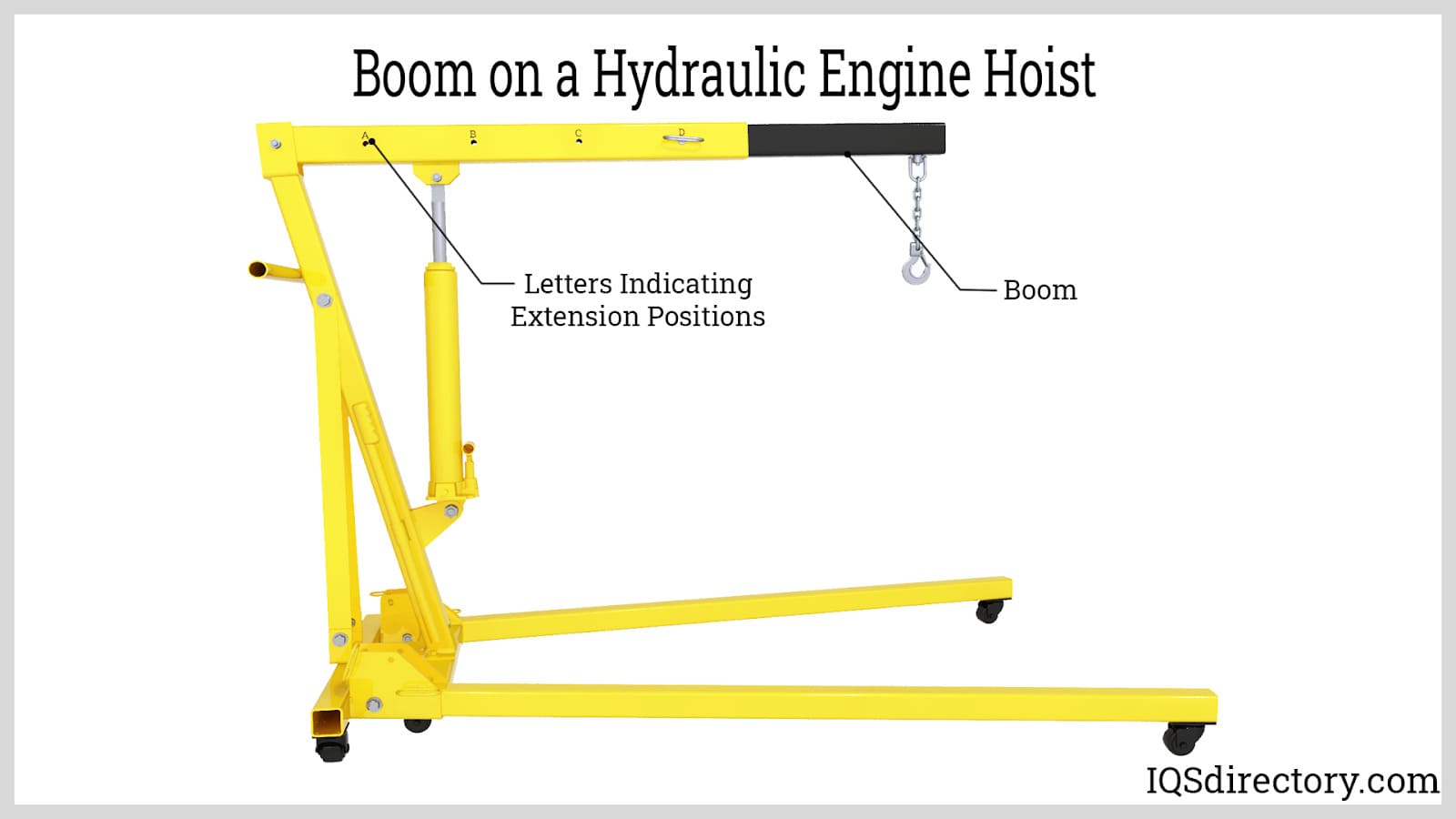
Types of Engine Hoists
The three common forms of engine hoists are hydraulic, electric, and chain hoists. The difference between the three types is their type of power. Hoists can be attached to a frame with four wheels, a wall with a boom, or a gantry. Of the three types of hoists, electric hoists are the strongest, capable of lifting several tons.
Hydraulic Engine Hoist
Hydraulic engine hoists are often used for car and truck engine repairs. They have a hydraulic cylinder filled with fluid, legs on a sturdy frame, and a boom with a chain and hook. Casters support the legs of a hydraulic engine hoist to add versatility and mobility.
Hydraulic engine hoists are more affordable than electric hoists, and have a comparable lifting capacity. The simple construction of hydraulic engine hoists makes them easy to maintain and can lift a few tons. An automobile engine can be lifted and maneuvered by simply pumping the lever on the hydraulic cylinder, an automobile engine can be lifted and maneuvered.
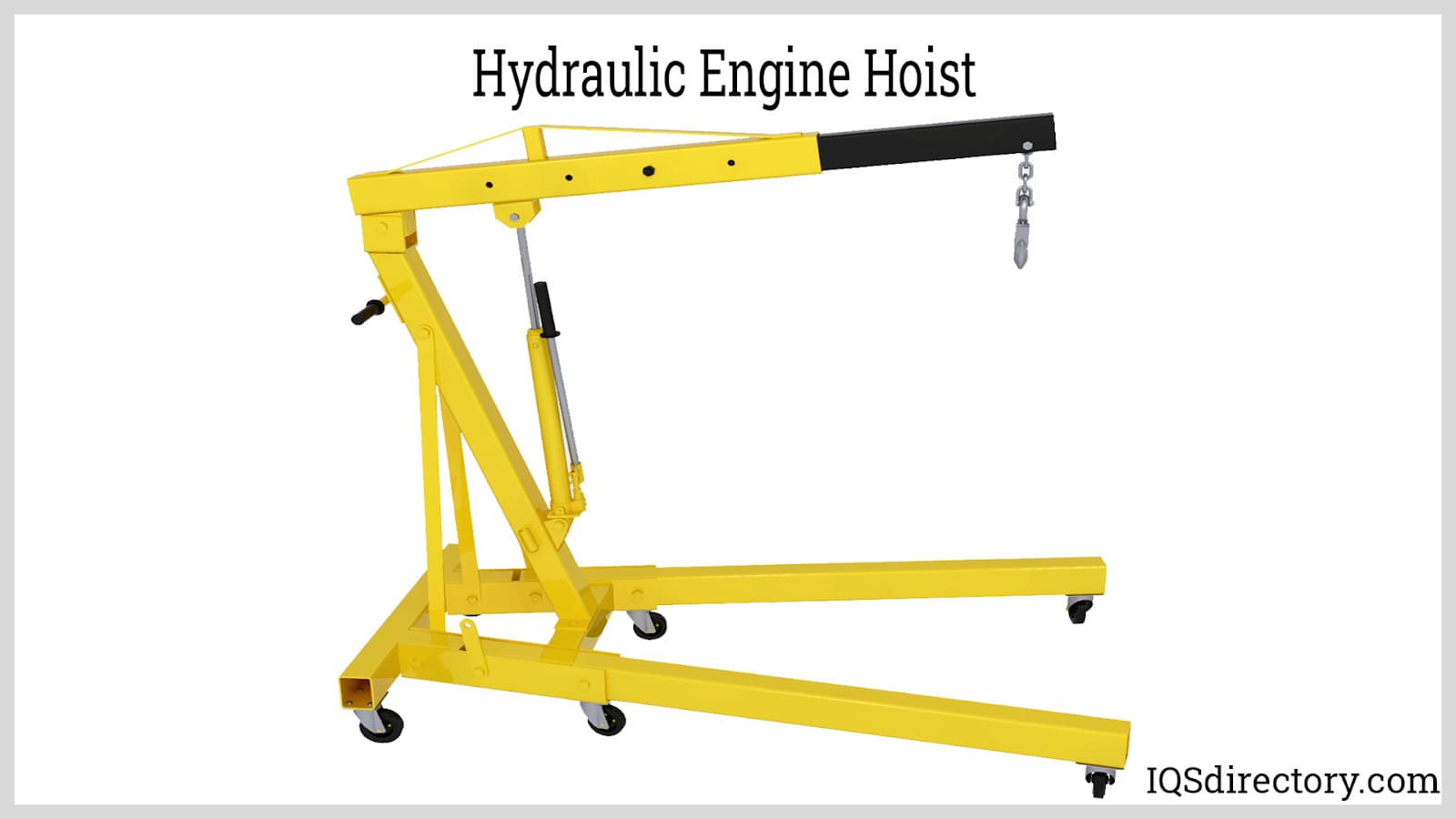
Electric Engine Hoists
Electric engine hoists have a set of chains and hooks to lift an engine. Their power is provided by an electric motor attached to a drum that raises and lowers the hoist. Unlike larger hoists, the chain for an electric engine hoist wraps around its drum.
Using an electric engine hoist requires a mounting point such as a gantry, boom, or other forms of support. A wired or wireless remote control can activate the motor on an electric engine hoist. As the capacity of the hoist increases, its cost significantly increases. Electric hoists can be found in some auto repair shops; however, they are mostly used in factories, warehouses, and industrial facilities. Electric hoists can carry up to 2 tons.
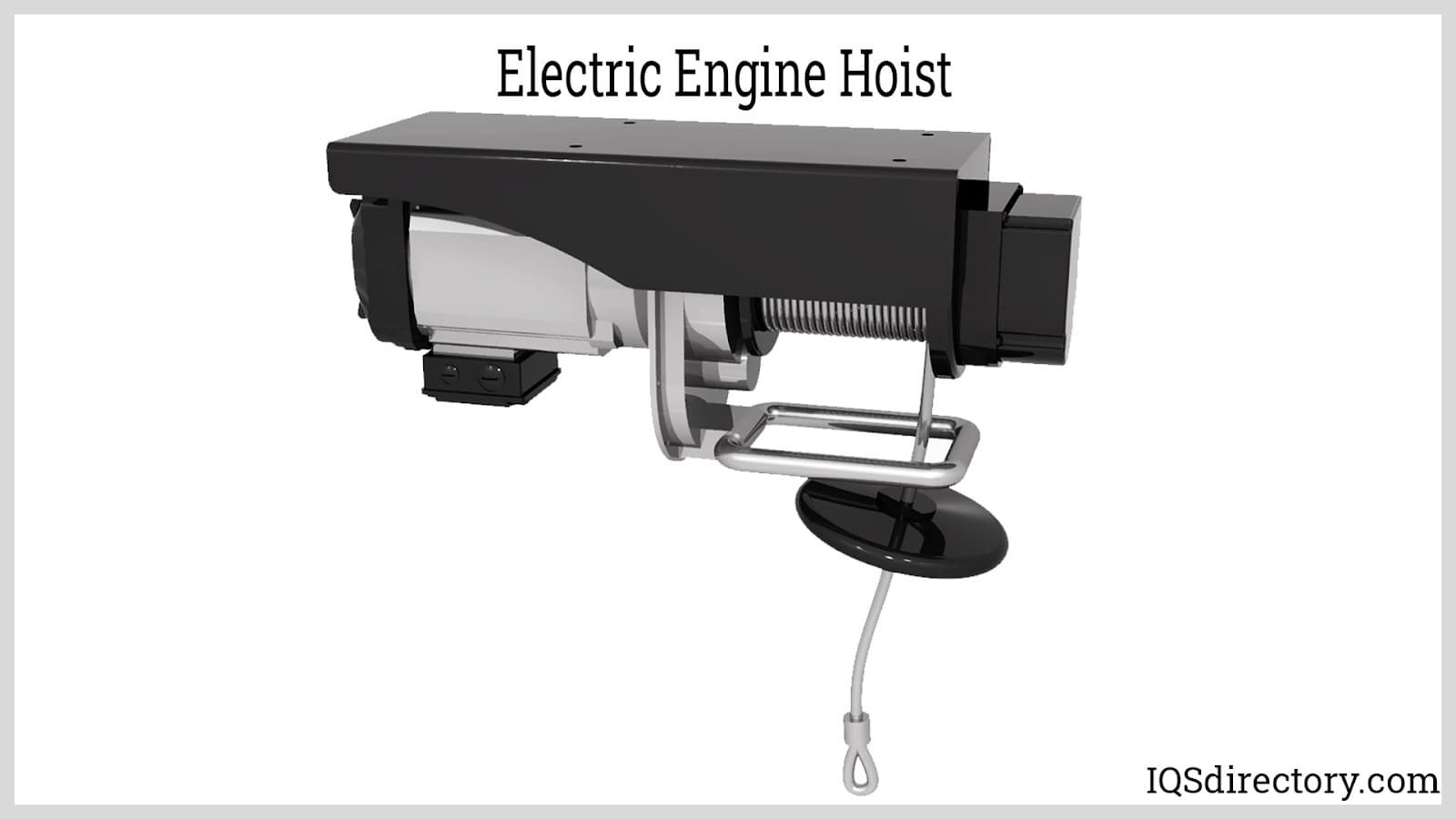
Chain Engine Hoist
Chain engine hoists use a system of gears and chains to provide lifting force. Pulling one of the chains by hand activates the gear system that performs the lifting process. The gear system has gears of different sizes to change the gear ratios to increase the lifting force. As a safety measure, chain hoists have a ratchet or braking system to prevent the mechanism from lowering when the drive chain is released.
As with electric engine hoists, chain engine hoists must be mounted on a gantry, boom, or other structure. They are the least expensive engine hoists and require very little maintenance. Chain engine hoists operate very slowly and must be used carefully. Engine hoists are labor-saving, efficient, and straightforward tools for lifting engines.
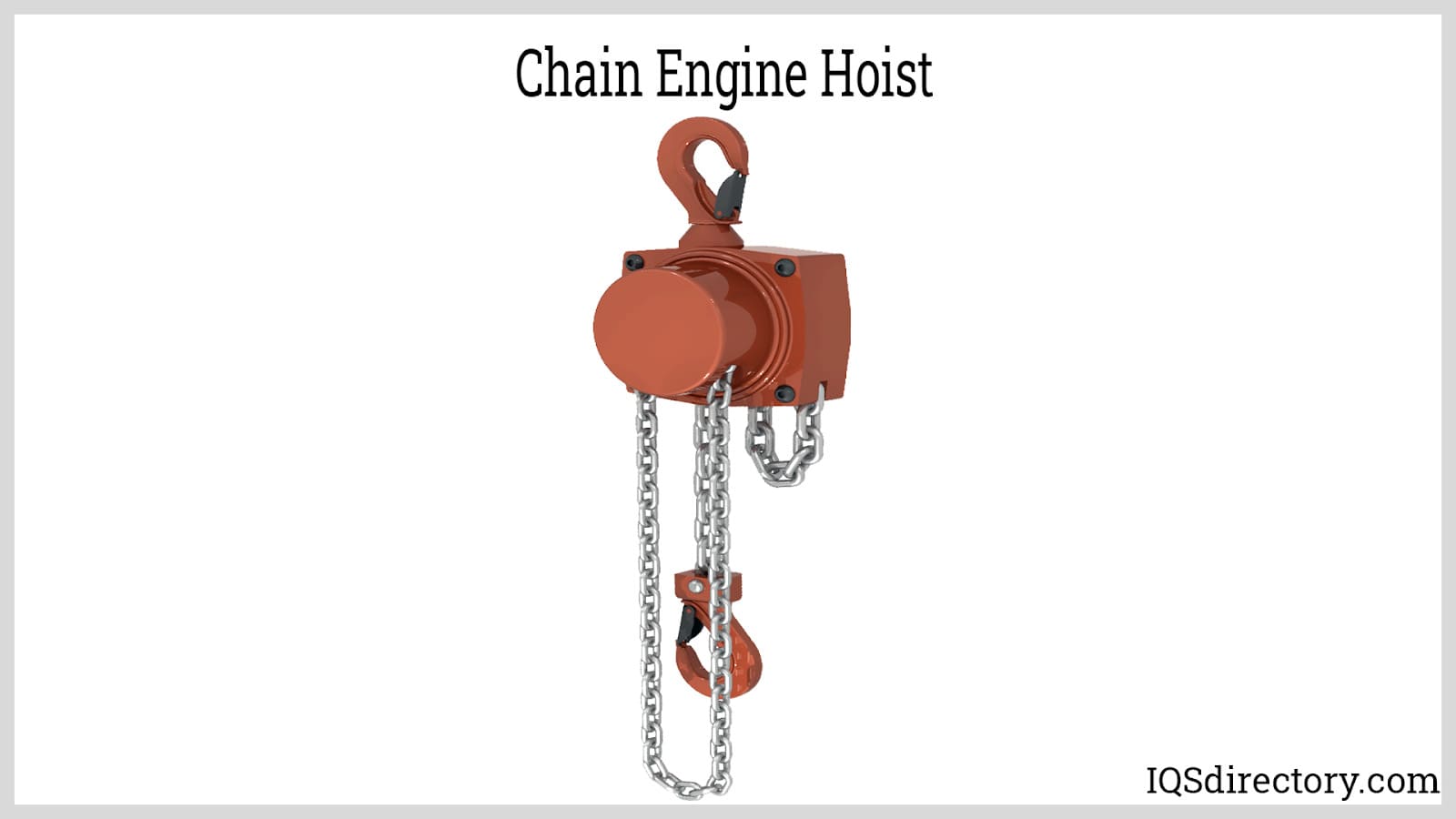
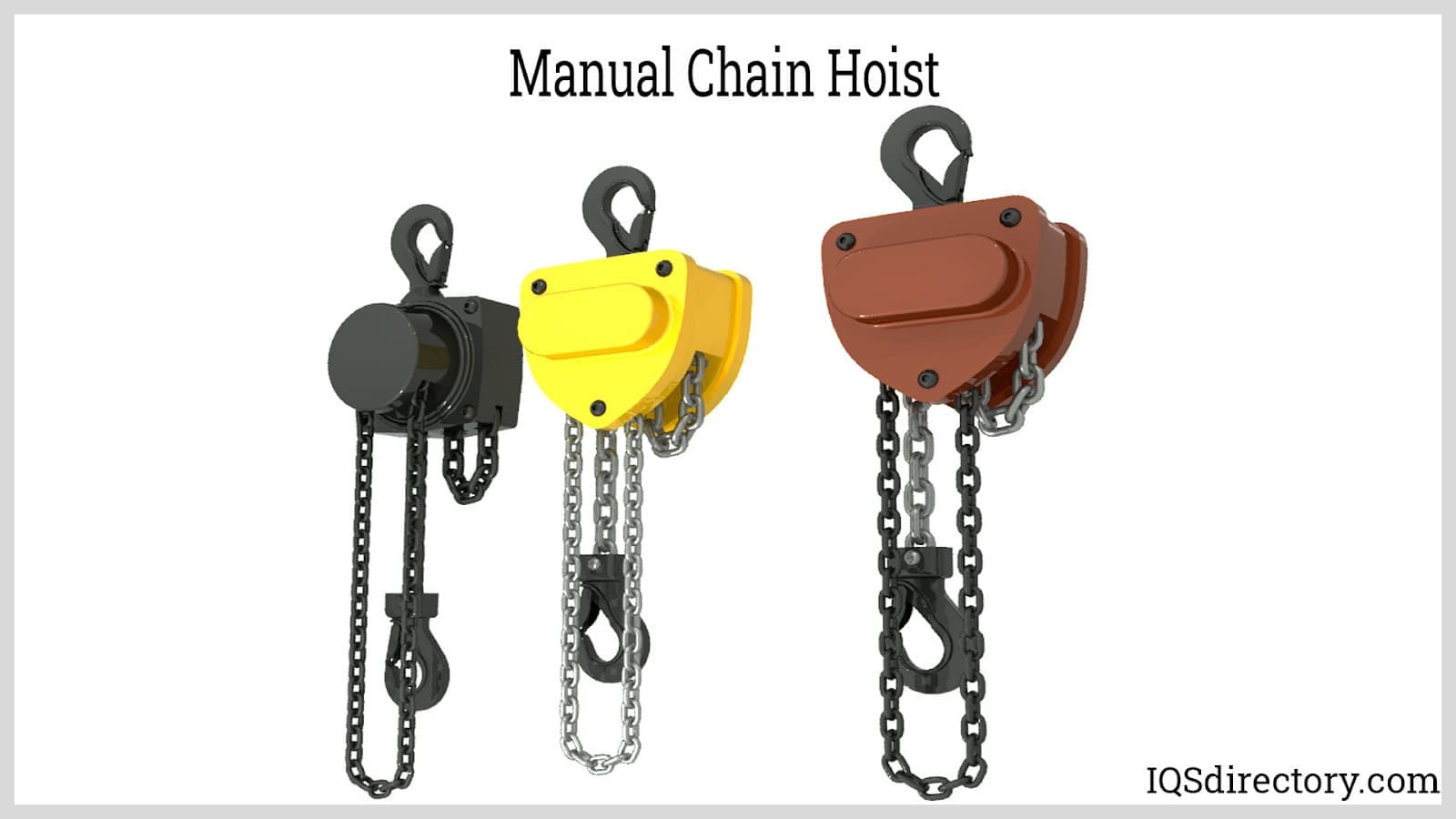
Choosing the Right Engine Hoist Supplier
For the most beneficial outcome when purchasing an engine hoist from an engine hoist supplier, it is important to compare several companies using our directory of engine hoist suppliers. Each engine hoist company has a business page profile illustrating their areas of experience and capabilities, along with a contact form to directly communicate with the supplier for more information or request a quote. Review each engine hoist business website using our proprietary website previewer for an idea of what each company specializes in. Then, use our simple RFQ form to contact multiple engine hoist businesses with the same form.

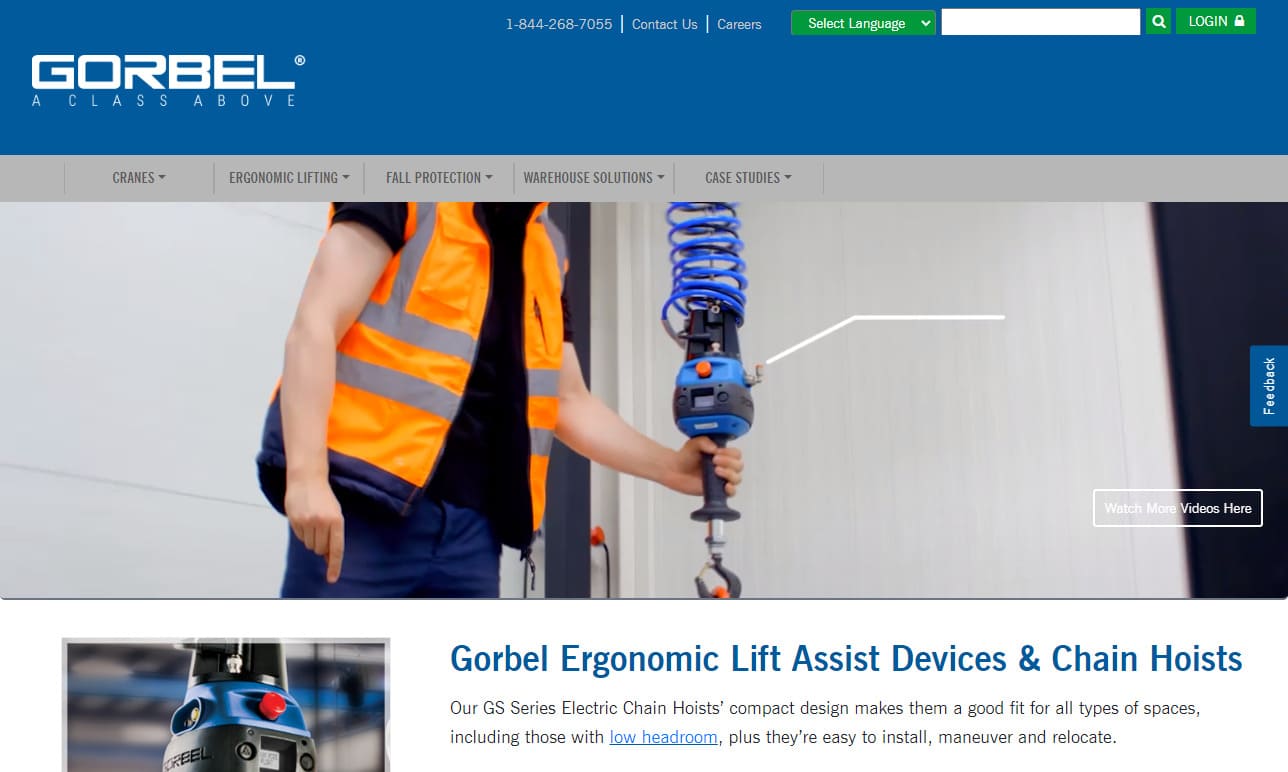

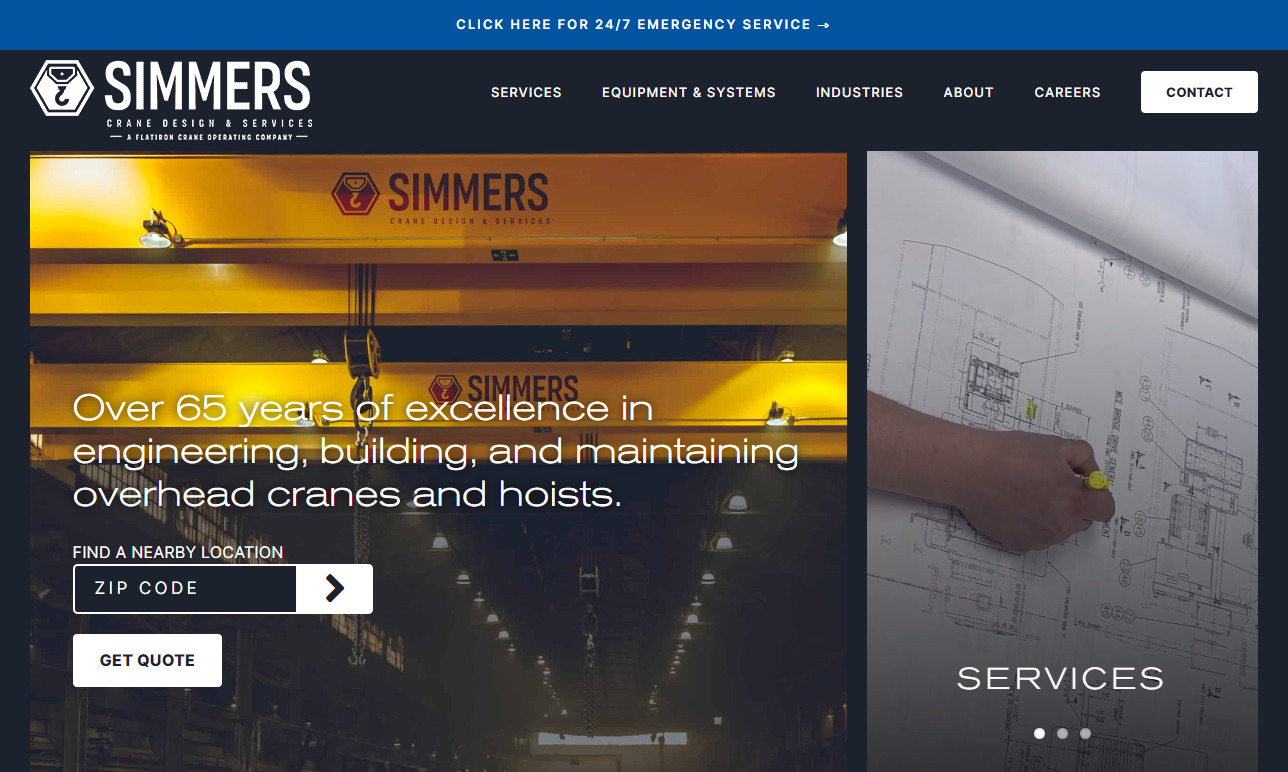
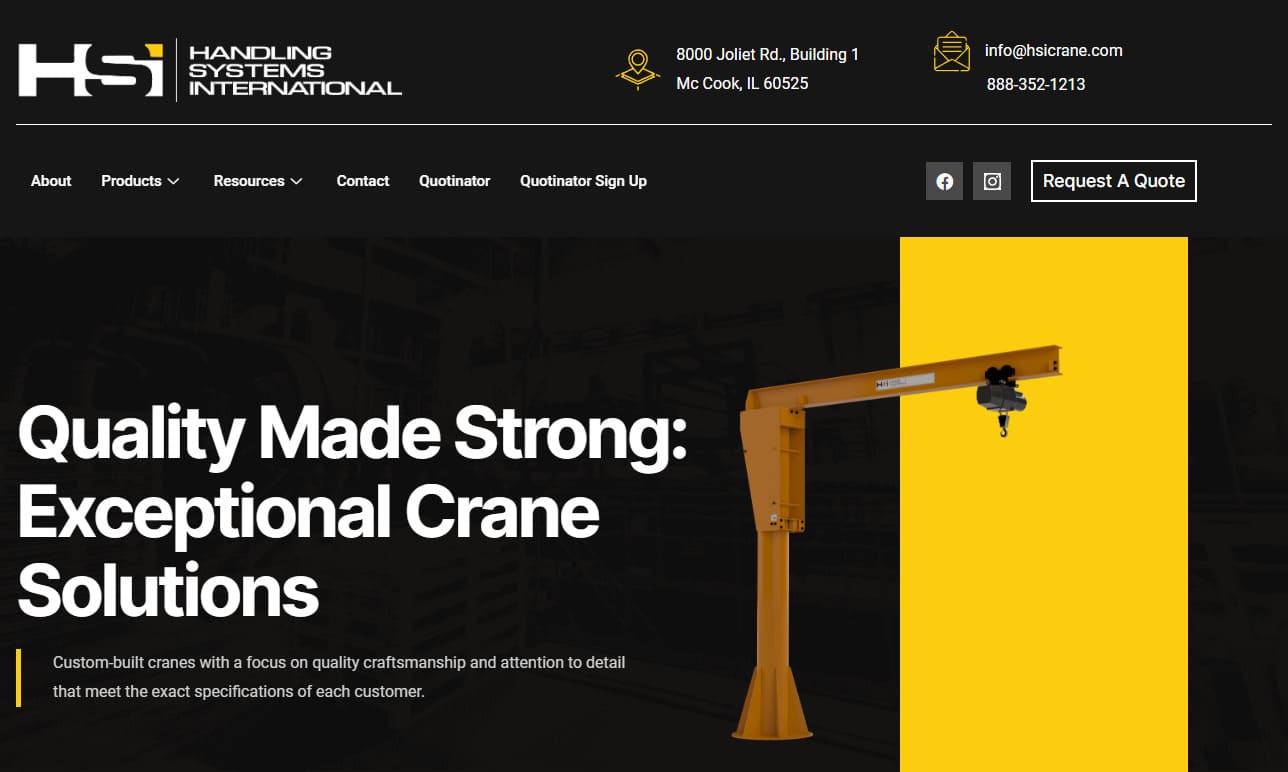
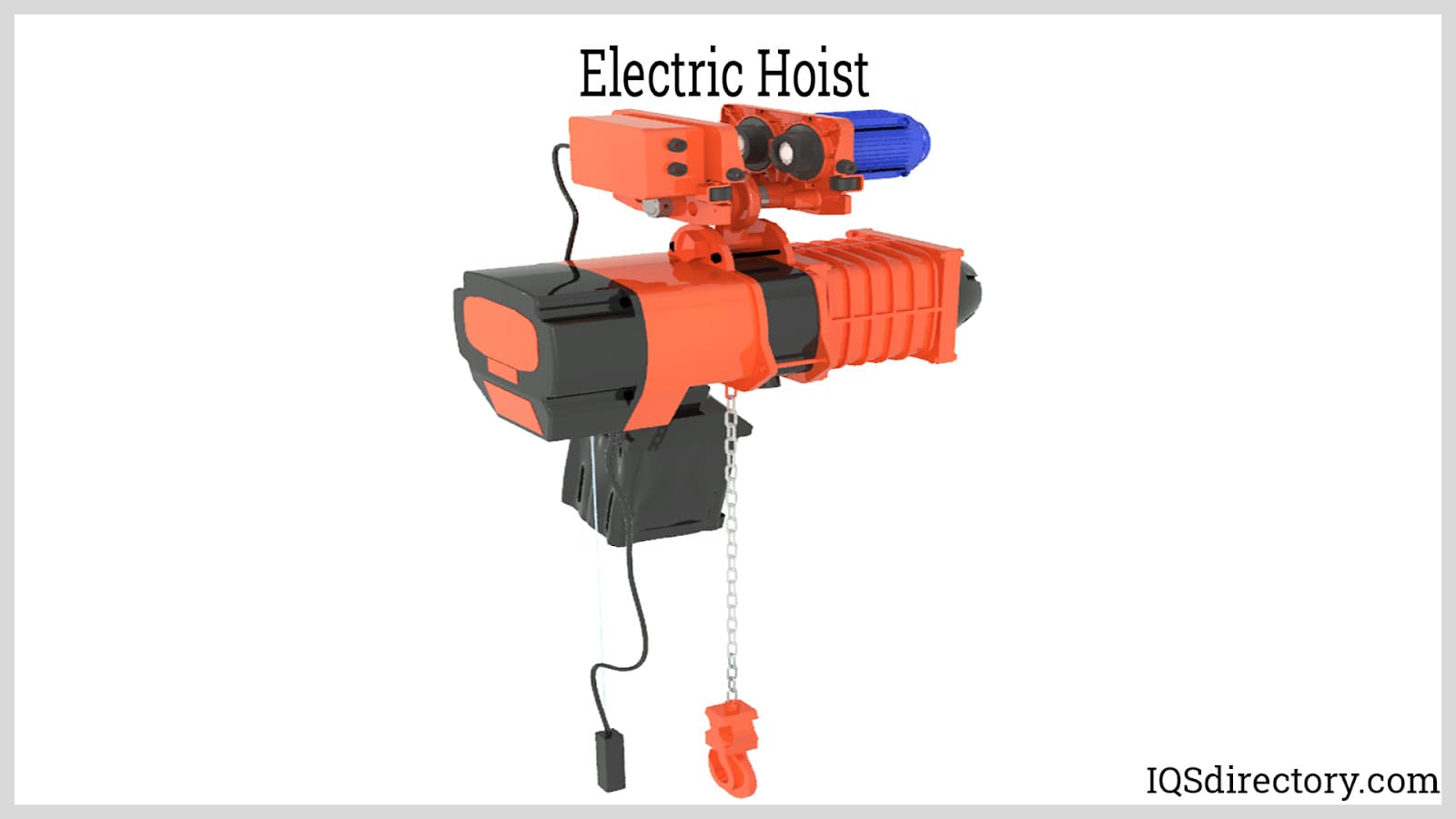
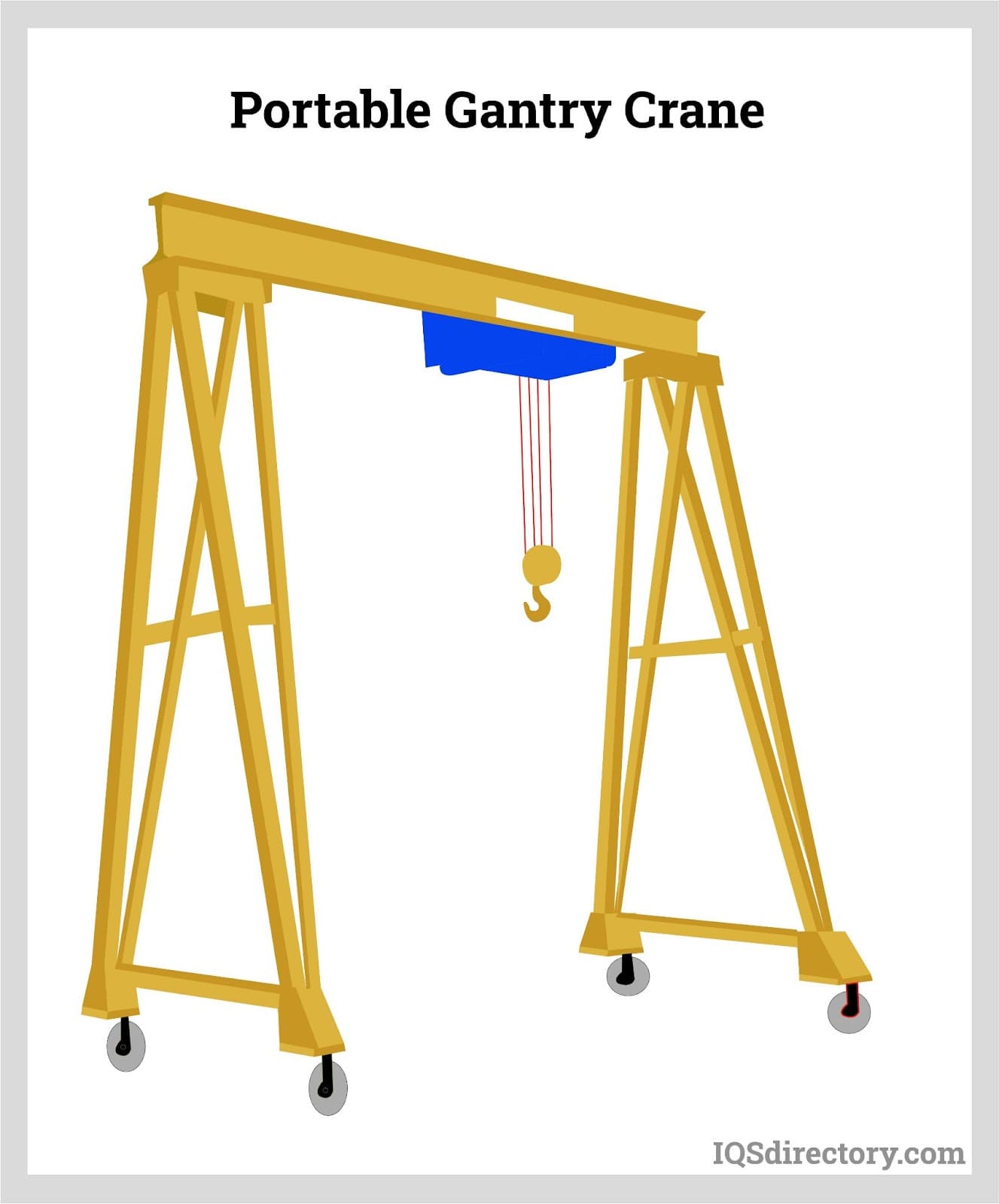
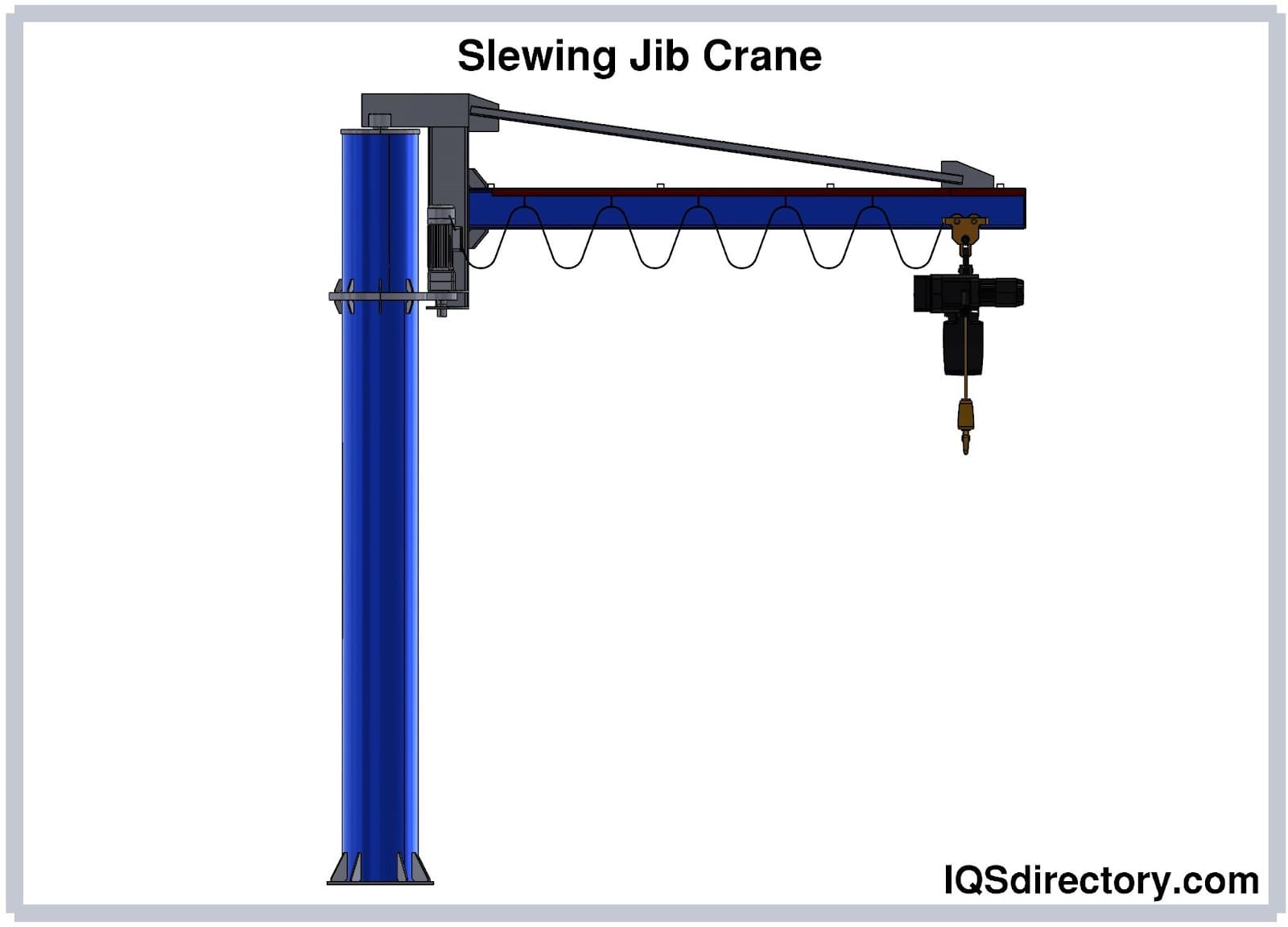
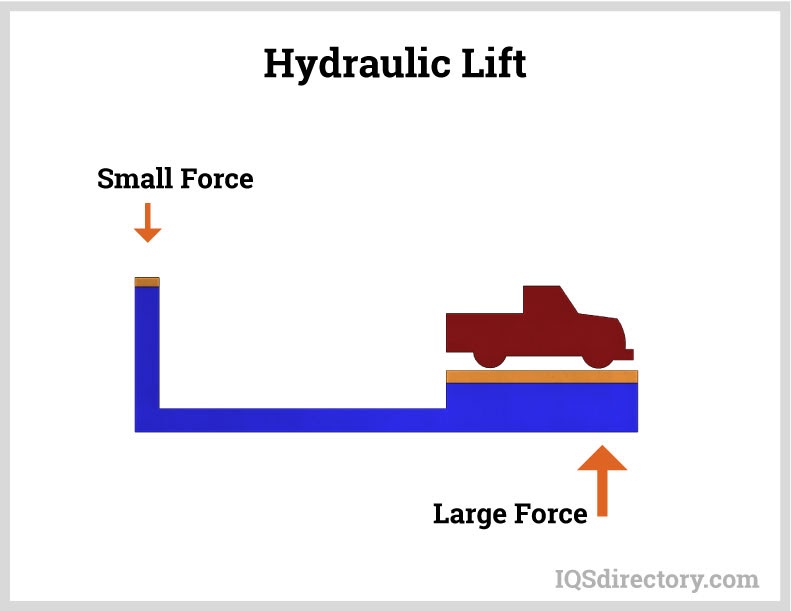
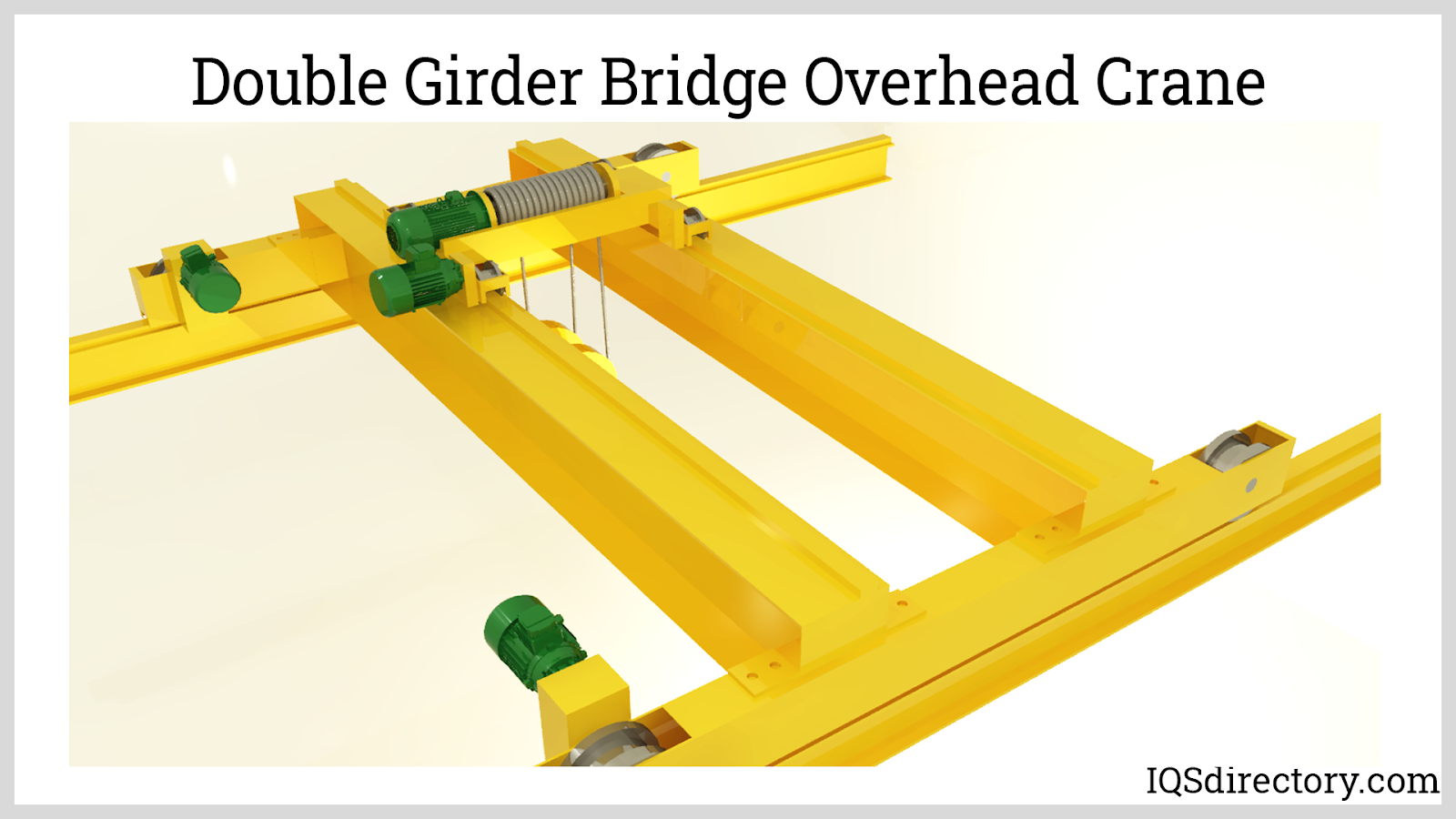
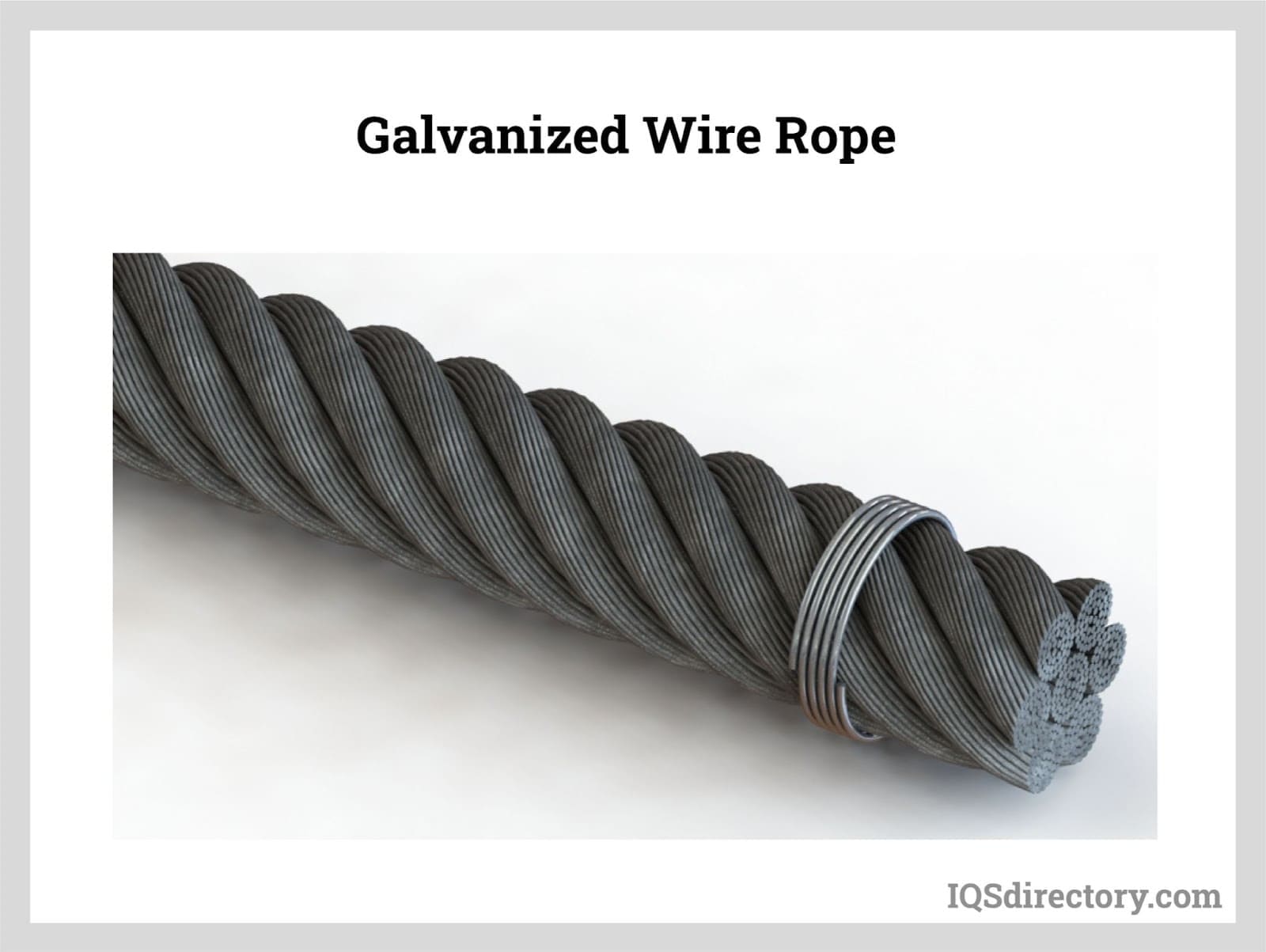
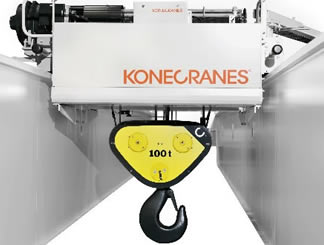 Cranes
Cranes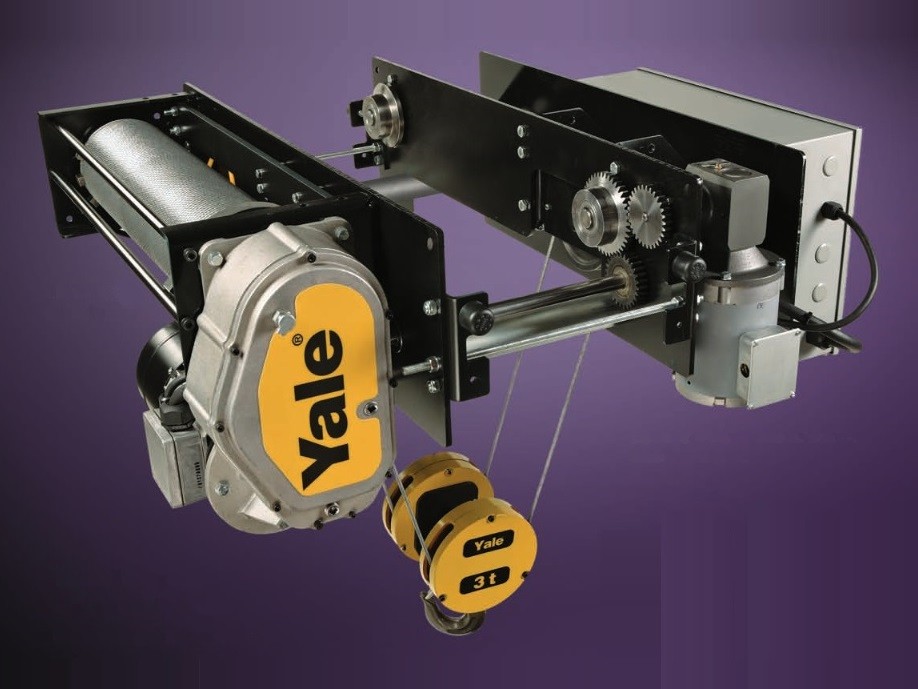 Electric Hoists
Electric Hoists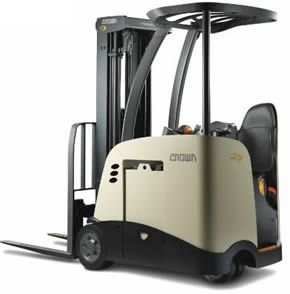 Forklifts
Forklifts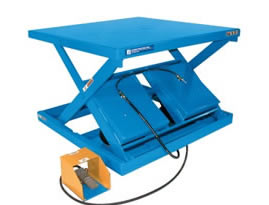 Hydraulic Lifts
Hydraulic Lifts Rope
Rope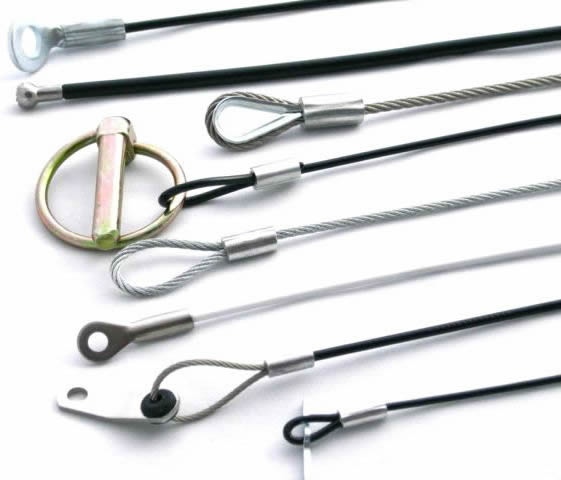 Wire Rope
Wire Rope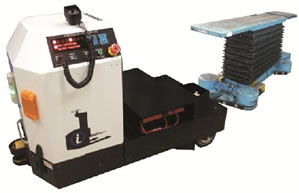 AGV
AGV Air Pollution Control
Air Pollution Control Assembly Machinery
Assembly Machinery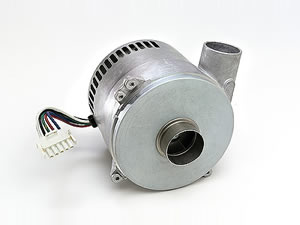 Blowers
Blowers Conveyors
Conveyors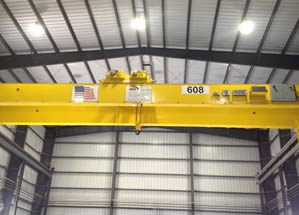 Cranes
Cranes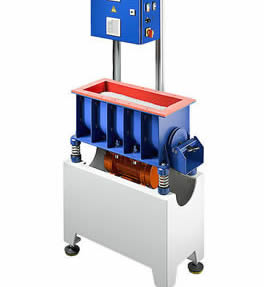 Deburring Machinery
Deburring Machinery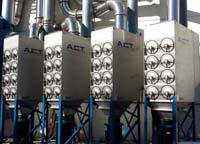 Dust Collectors
Dust Collectors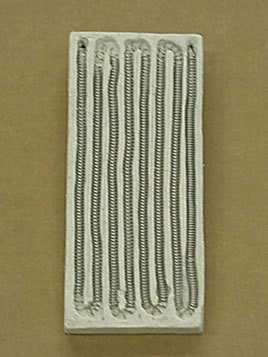 Heaters
Heaters Hose Reels
Hose Reels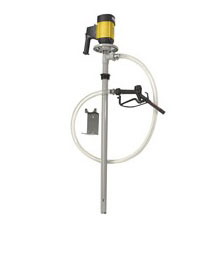 Lubricators
Lubricators Mezzanines
Mezzanines Modular Buildings
Modular Buildings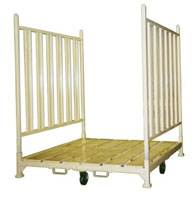 Storage Racks
Storage Racks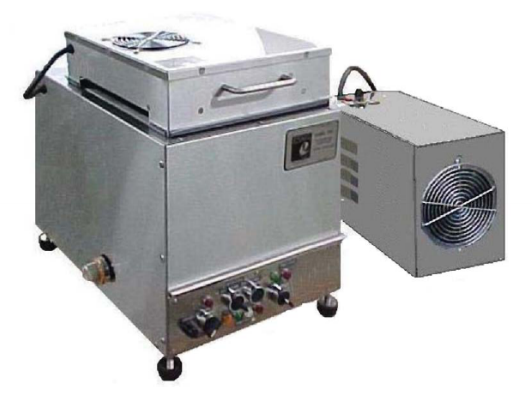 Ultrasonic Cleaners
Ultrasonic Cleaners Work Benches
Work Benches